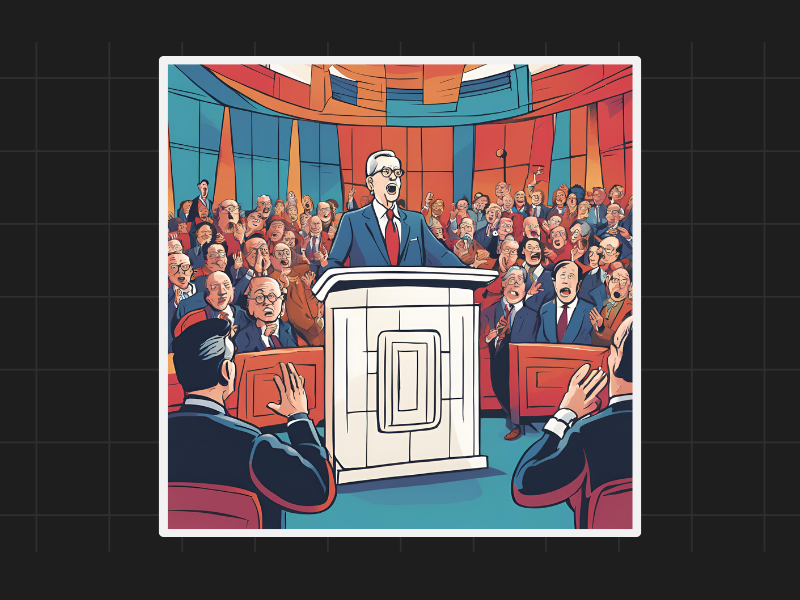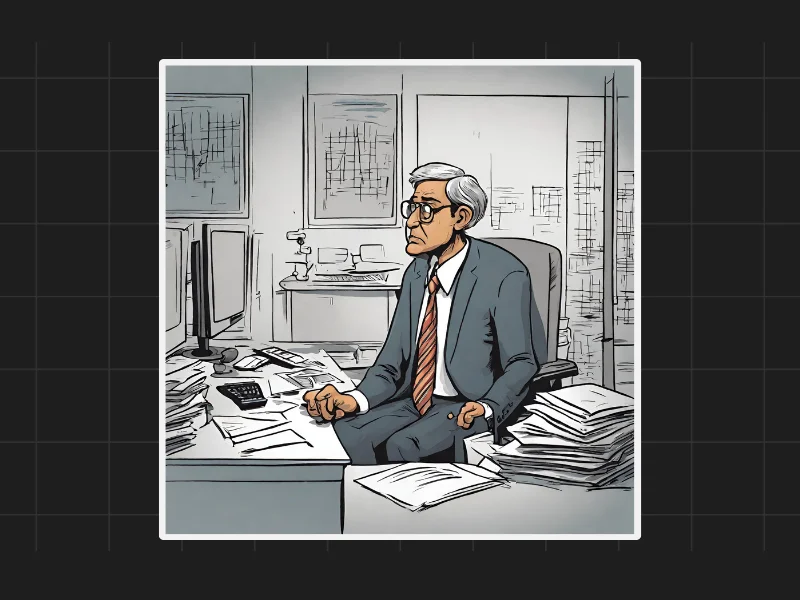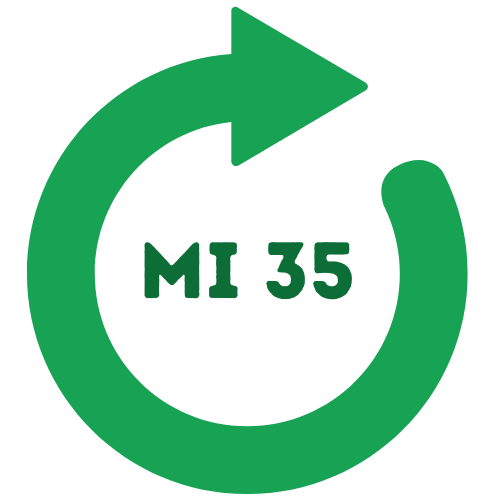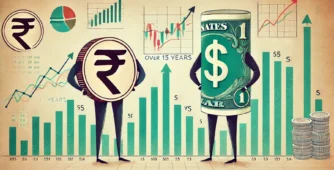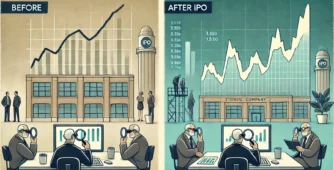The Rising Cost of Borrowing and Its Impact on Small Businesses
Interest rates in the U.S. have recently seen a sharp increase, moving from near-zero levels to nearly 7% in a short period. This shift echoes a similar rise between 2004 and 2008, when rates climbed from around 1% to more than 6%, putting enormous pressure on small businesses. During this earlier period, the increase in rates made it extremely difficult for small businesses to survive as borrowing became more costly. Many business owners now face the same struggle, as the high borrowing costs directly impact their ability to operate and sustain growth.
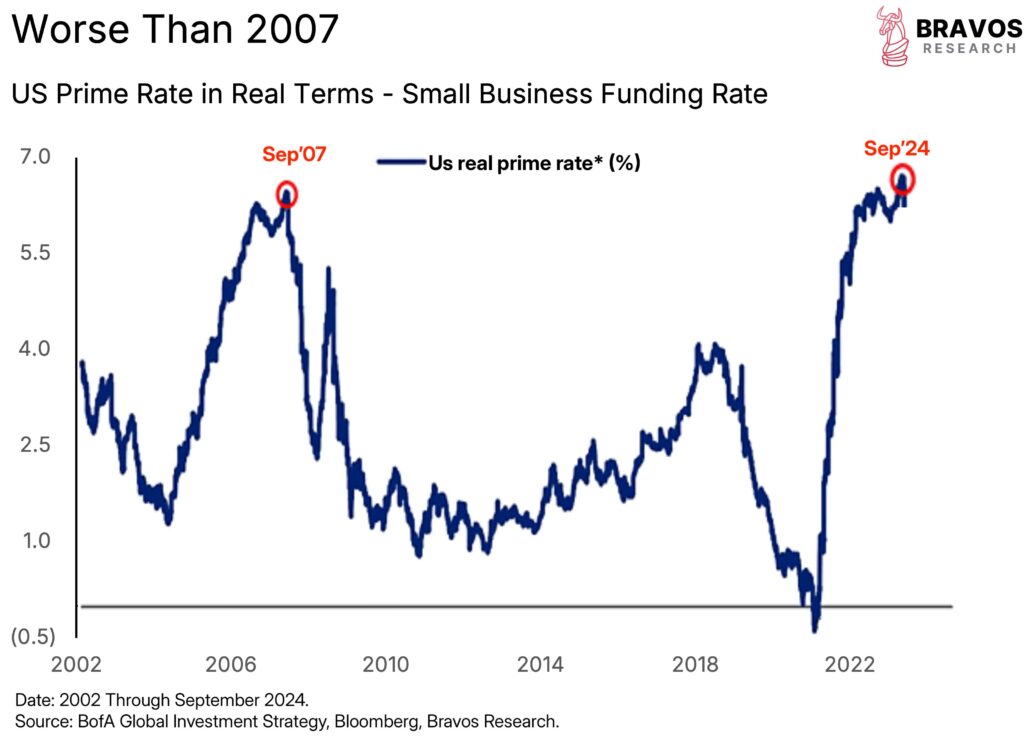
The Challenge for Business Owners
Imagine running a small business with tight margins and the need for regular borrowing. For the past decade, many businesses have operated in a low-interest environment, paying only around 2-3% interest on borrowed capital. But now, with rates nearing 7%, it’s a completely different story. Many businesses that were able to survive on low borrowing costs are now finding it challenging to cope with the higher rates. For small business owners, the jump in interest costs can be enough to push their operations from a healthy profit to a worrying loss, making survival difficult.
History Repeating Itself
In the early 2010s, India faced a similar situation. The Reserve Bank of India raised interest rates multiple times, which placed immense pressure on the country’s small and medium-sized enterprises (SMEs). This high-cost environment led to a build-up of non-performing assets (NPAs) and forced many businesses to shut down or operate under significant financial stress. The impact was long-lasting, and it took years for the economy to recover. Today, U.S. small businesses face a comparable challenge, with many struggling to adapt to the rapid increase in borrowing costs.
Interest Rates and Economic Recession
The impact of rising interest rates extends beyond just individual businesses; it can lead to a broader economic recession. When small businesses can’t afford to borrow, they may have to cut back on production, lay off employees, or even shut down. This reduces overall demand in the economy, as businesses buy fewer supplies and consumers face job insecurity. When combined with high levels of debt, it can create a cycle of defaults and declining demand, which further weakens the economy.
Monetary Policy and Economic Stability
The people who control interest rates often adjust them with good intentions, like managing inflation and balancing the job market. However, these actions can also disrupt the stability of many businesses. Currently, despite major monetary stimulus efforts and interventions, the economy continues to struggle with growth. This suggests there may be deeper issues in the way monetary policy is working, and that simple adjustments to interest rates may not be enough to support long-term economic health.
Disclaimers and disclosures : https://tinyurl.com/2763eyaz
If you have any questions, please write to support@weekendinvesting.com

